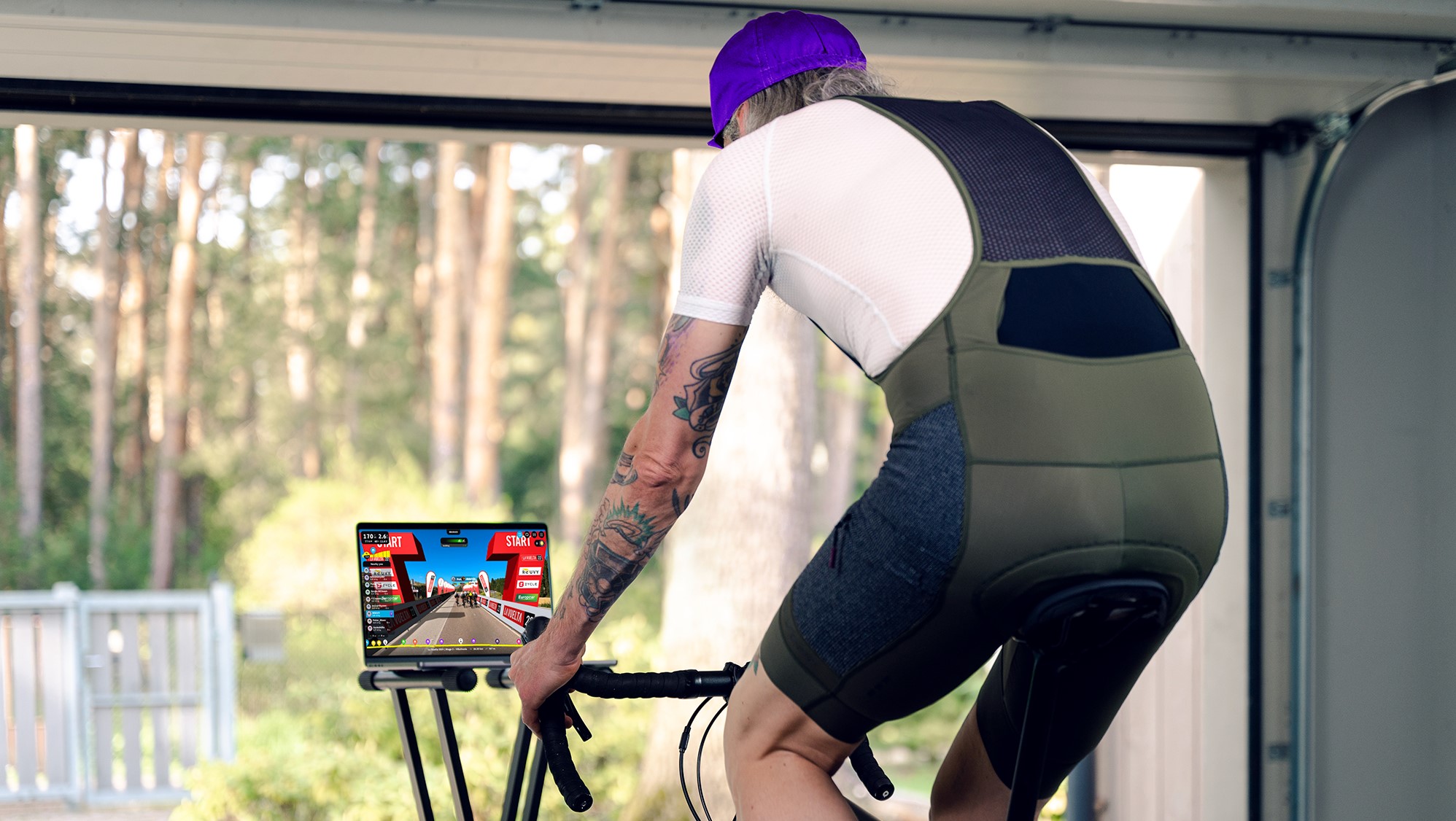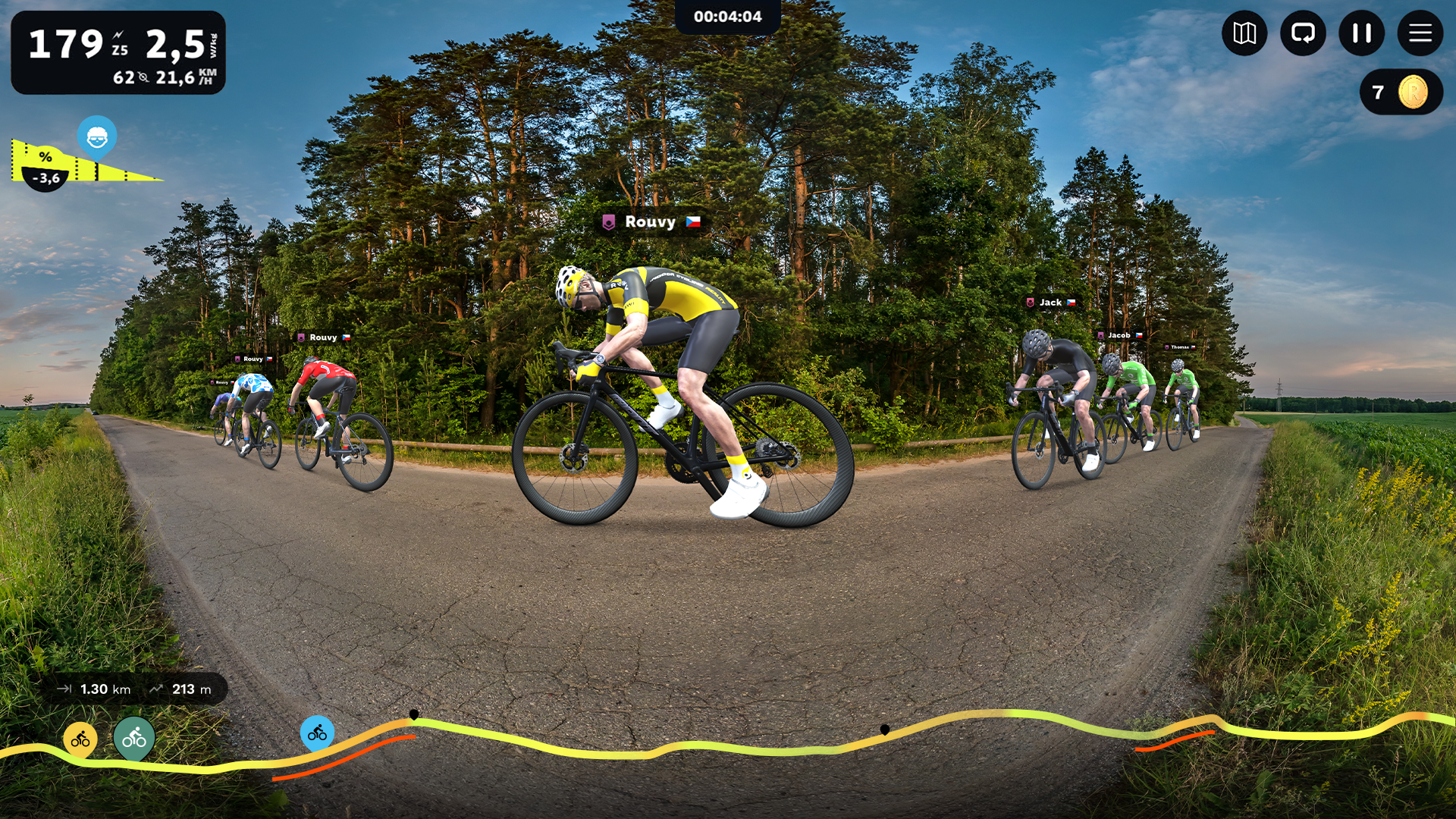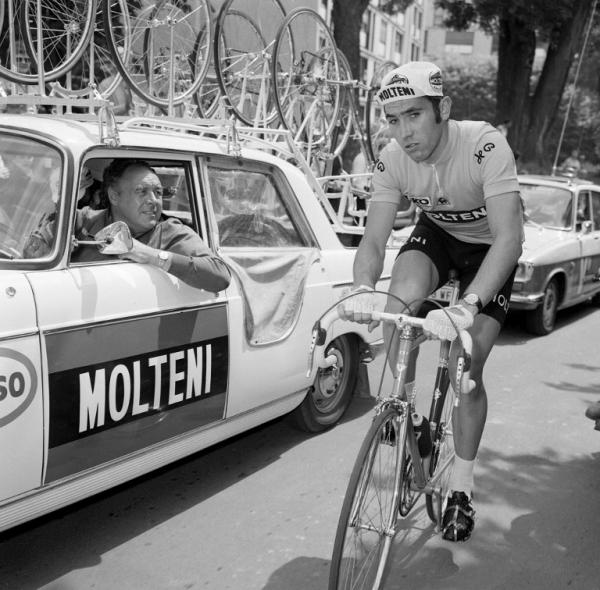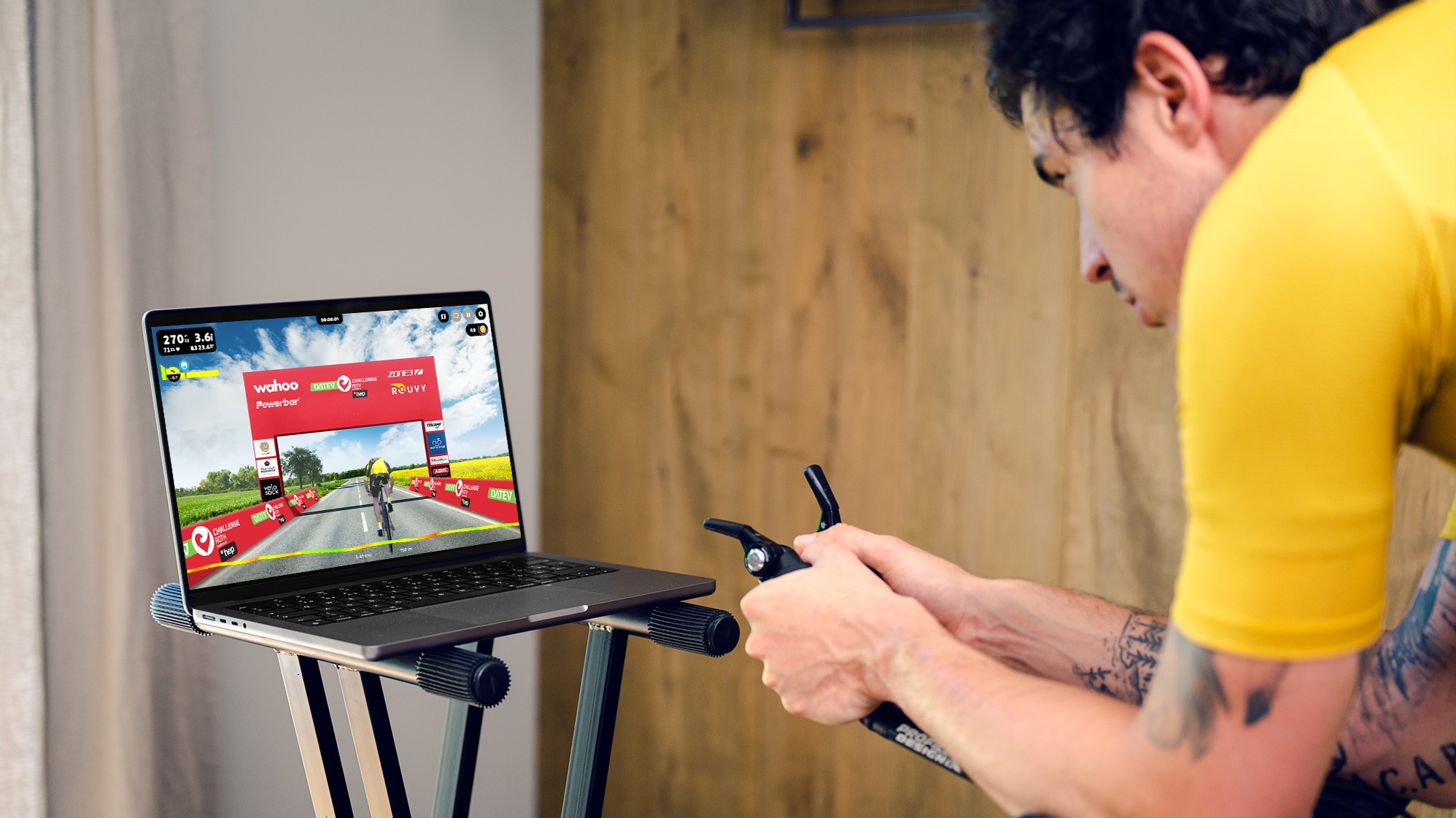Do pro cyclists train indoors? Looking at how WorldTour pros use indoor cycling over winter
Even pros living in Monaco need to take to the turbo

The pro-life and ability to live in a warm, sunny country may seem like a great escape from the winter conditions in which the rest of us ride. But even for top pros who have moved to places like Monaco, indoor training is part of the job and an essential part of staying fit and working on their strengths and weaknesses during the winter.
Even on southern France’s Côte d’Azur, it can be wet and windy, while the cold can be bitter a few miles inland. The coastal strip along the Mediterranean seaboard is undulating and usually busy, so there’s limited opportunity for intervals and other form-building sessions outdoors.
The weather can force riders indoors even in supposedly sunny climes. In 2017, pros arriving in Calpe in Spain for their late-January winter training camps were met with wet snowfall on the coast roads, resulting in mass turbo sessions in their hotels’ conference rooms.
Meanwhile, pros targeting the early season races may choose to stay in Northern Europe so they’re better prepared for the conditions they’ll encounter during the race itself, says Jacob Tipper of Jacob Tipper Performance Coaching, himself a former UK-based pro rider. That means that there are sometimes days when the conditions just aren’t safe enough to train outdoors.

Mac Cassin of Wahoo’s sports science team concurs. Team coaches may prefer that their athletes do the hard work indoors, where there’s less risk of crashing and injury, he says.
They may schedule two sessions in a day, a hard, structured indoor ride where they can put in intensive efforts followed by a multi-hour ride outdoors to build endurance. An indoor session followed by riding outdoors also breaks up the training routine mentally for a pro who is typically riding tens of thousands of kilometres in a year.
Tipper points out that during race season, a pro may not need or have time to do a huge volume of conventional training due to their race schedule and the need to travel between race venues.
The latest race content, interviews, features, reviews and expert buying guides, direct to your inbox!
“This means the winter can be a very important time to really focus on specifics. If that means targeting a specific threshold or specific energy system, then the turbo can be a good way of controlling that,” he says.
An opportunity to focus

Indoor training has always been part of the pros’ preparation for races, Cassin points out, witness the YouTube videos of Eddy Merckx’s high cadence roller sessions. It really caught the pros’ attention when Matthew Hayman won Paris-Roubaix in 2016, having done all his pre-race preparation by riding up to 20 hours a week indoors, after a crash six weeks earlier in which he broke his wrist.
The Covid pandemic, when training outdoors wasn’t always allowed, also tipped the balance towards indoor training and virtual racing.
Indoor training can be more time effective too, says Cassin. Outdoors there are distractions and interruptions, while a turbo session can be much more focussed and intensive. It can also be easier for a rider to ensure correct hydration and feeding indoors than out.
Time to exhaustion has been shown to be longer if a rider has another mental task to achieve simultaneously, which makes interactive cycling apps a useful adjunct to a structured workout.

The actual indoor sessions that pros ride will be dependent on what their coaches want them to work on, whether that’s sprint training, climbing at threshold or cadence drills. The turbo can be particularly useful for time trial preparation, where the ability to hold an aero position and put out sustained power for an extended period is a key skill that is difficult to practise outdoors.
Cassin points out that a session that a rider finds enjoyable or satisfying to complete will usually lead to a better outcome than one that a rider dreads.
Having said that, Tipper points out that even a sprinter and a climber are physiologically very similar – they both have to ride the same parcours in a race, after all.
“So while there is some nuance in how they may prepare differently over the winter, the vast majority of their training will still be pretty similar,” he says.
Finally, Cassin points out the place of what he prefers to call “stationary cycling” – it’s often outside a team bus rather than actually indoors – as integral to achieving peak performance. Modern-day pros are using their turbos to warm up before a race and warm down once it has finished, helping them to achieve their most intense efforts in the race itself.
Paul has been on two wheels since he was in his teens and he's spent much of the time since writing about bikes and the associated tech. He's a road cyclist at heart but his adventurous curiosity means Paul has been riding gravel since well before it was cool, adapting his cyclo-cross bike to ride all-day off-road epics and putting road kit to the ultimate test along the way. Paul has contributed to Cyclingnews' tech coverage for a few years, helping to maintain the freshness of our buying guides and deals content, as well as writing a number of our voucher code pages.
